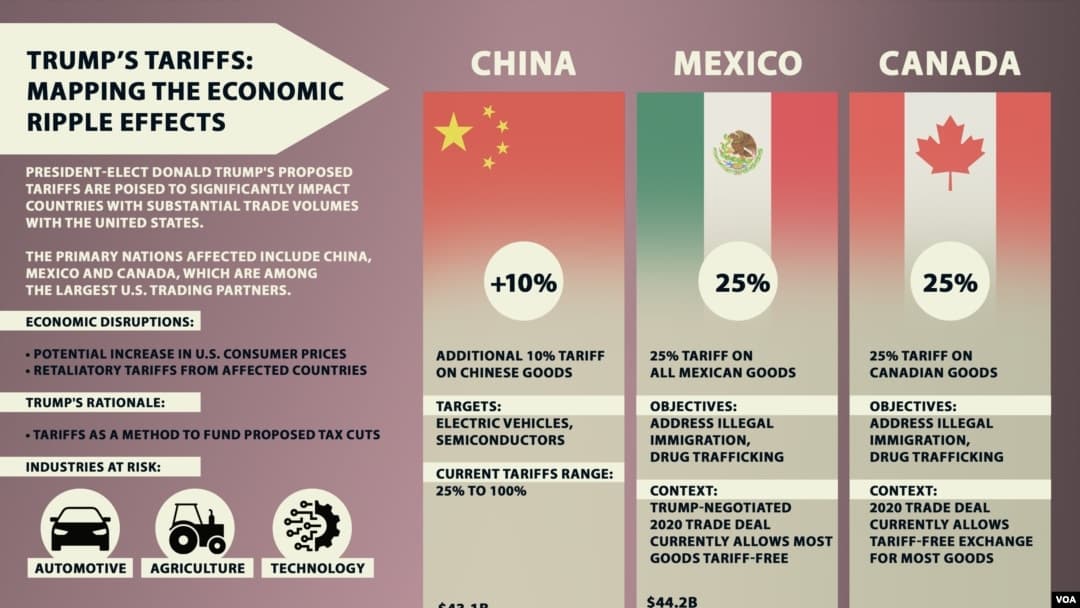
The Complete Beginner's Guide to AI-Powered E-commerce in 2025
The Complete Beginner's Guide to AI-Powered E-commerce in 2025
Introduction
As we move through 2025, artificial intelligence has become an essential tool for e-commerce success. If you're just starting to explore AI for your online store, you're in the right place. This guide will show you practical ways to implement AI solutions, even if you're completely new to the technology.
Getting Started with Basic AI Tools
Understanding ChatGPT
ChatGPT is often the first AI tool many store owners encounter. Here's how to start:
- Sign up at OpenAI's platform
- Begin with simple prompts for product descriptions
- Experiment with customer service responses
- Use it for basic content creation
Key AI Applications for Your E-commerce Store
1. Customer Service Automation
- Implement AI chatbots for 24/7 customer support
- Use ChatGPT to create response templates
- Set up automated email responses
- Handle basic customer queries automatically
2. Product Descriptions and Content
- Generate SEO-optimized product descriptions
- Create engaging blog content
- Write compelling email newsletters
- Develop social media posts
3. Personalization
- Implement AI-powered product recommendations
- Create personalized email campaigns
- Customize landing pages for different user segments
- Develop targeted promotional offers
4. Inventory Management
- Use AI for demand forecasting
- Automate reordering processes
- Optimize stock levels
- Predict seasonal trends
Advanced AI Integration
1. Visual Search
- Implement image recognition technology
- Enable camera-based product search
- Use AI for similar product recommendations
2. Price Optimization
- Dynamic pricing based on market conditions
- Competitor price monitoring
- Demand-based pricing adjustments
Best Practices and Tips
- Start small and scale gradually
- Focus on one AI application at a time
- Measure results and adjust accordingly
- Keep human oversight for important decisions
- Regularly update and fine-tune your AI tools
Common Mistakes to Avoid
- Don't rely completely on AI without human review
- Avoid using AI-generated content without editing
- Don't ignore data privacy regulations
- Don't forget to train your team
Future-Proofing Your E-commerce Store
- Stay updated with AI developments
- Regularly assess new AI tools
- Build a flexible tech stack
- Collect and organize quality data
Conclusion
Implementing AI in your e-commerce store doesn't have to be overwhelming. Start with basic applications like ChatGPT for content creation and customer service, then gradually expand to more advanced features as you become comfortable with the technology. Remember, the goal is to enhance your business operations while maintaining the personal touch that customers value.
Getting Started Checklist
- Set up a ChatGPT account
- Identify one area for AI implementation
- Create a testing schedule
- Monitor results
- Scale successful applications
Remember: AI is a tool to enhance your business, not replace the human elements that make your store unique.
Related Articles

10 Digital Products You Can Sell on Wix to Build a Thriving Online Business
Discover the diverse range of digital products and services you can sell through Wix's e-commerce platform. From online courses to mobile apps, learn how creato...

2018 vs 2025 - Comparing Trump's Tariffs and What It Means For E-Commerce Business
Trump’s tariffs – both the 2018 measures and especially the broader 2025 proposals – have significant implications for eCommerce business owners. This is partic...

2024 E-commerce Platform Pricing Comparison: Find the Most Affordable Solution
Looking for the most budget-friendly e-commerce platform? We've compiled a comprehensive comparison of pricing across all major e-commerce platforms, including ...